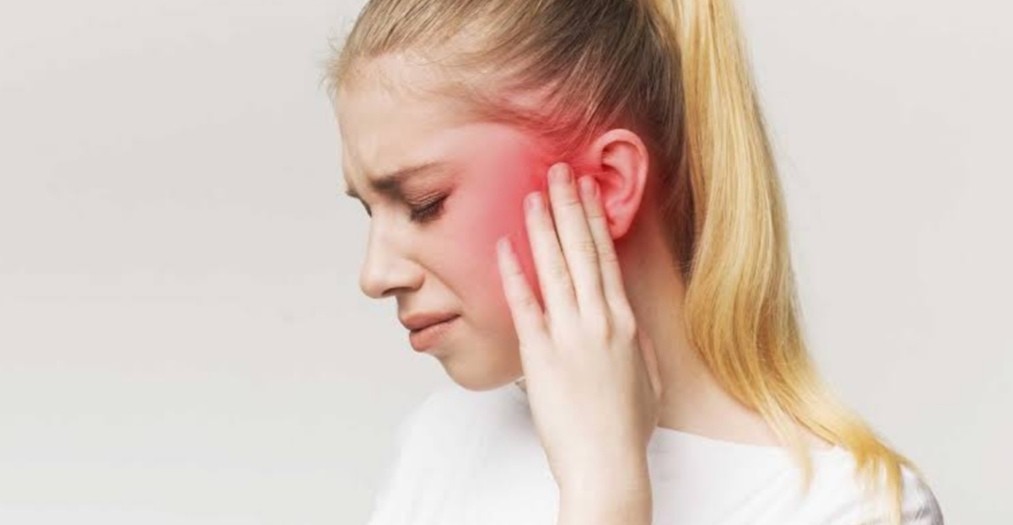Published - Tue, 18 Oct 2022

How to Deal with Otitis Externa
1. Otitis externa is inflammation of the external auditory canal and /or the auricle.
2. Necrotizing (malignant) otitis externa is a severe form of otitis externa that involves the infection and inflammation of surrounding tissues. It is almost always caused by Pseudomonas and occurs in patients with diabetes and other debilitating diseases.
ETIOLOGY
Otitis externa is usually caused by a bacterial infection (most often Pseudomonas , Staphylococcus, Streptococcus, or a gram-negative rod). Other, less common causes include fungal infection (most commonly Aspergillus) and eczema.
PREDISPOSING FACTORS
— Trauma to the epithelium
— Swimming
— Hot, humid weather
— Cotton ear swabs
— The use of a hearing aid
CLINICAL FEATURES
1. Symptoms include otalgia, pruritus, plugging of the ear, and decreased hearing.
2. Physical examination findings
a) The canal is erythematous, often with a purulent discharge.
b) The preauricular lymph nodes may be swollen.
c) When the tragus pinna is pulled to open the canal for visualization, there is often pain.
DIFFERENTIAL DIAGNOSES
— Eczematous otitis externa
— Necrotizing otitis externa
— Otitis media
— Mastoiditis
— A foreign body
EVALUATION
The results of the physical examination are typically used to make a diagnosis. The only time additional testing is warranted is if necrotizing otitis externa is suspected; in this situation, a CT scan to evaluate the deep tissues may be appropriate.
THERAPY
1. Cleansing: The canal should be cleaned of debris by gentle irrigation with tepid water or 2% acetic acid solution (vinegar).
2. Antimicrobial therapy
a) Uncomplicated otitis externa: A topical antibiotic with steroids (e.g., polymyxin B otic suspension) should be instilled in the ear (four drops three times daily for 10 days).
b) Necrotizing external otitis media is treated intravenously with ciprofloxacin (400 mg every 12 hours) and in this instance also used in pediatric patients.
c) Fungal infection: Amphotericin B should be used in consultation with an infectious disease specialist.
DISPOSITION
Patients with uncomplicated otitis externa can be sent home with instructions to follow up with a primary care physician in 3 to 5 days. The ear should be kept clean and dry, and the patient should be educated about minimizing the use of cotton swabs. Patients with necrotizing otitis externa must be admitted for intravenous antibiotic therapy.
Created by
Comments (0)
Search
Popular categories
Latest blogs

All you need to know about Syphilis
Tue, 15 Nov 2022

What is Pemphigus Vulgaris?
Tue, 15 Nov 2022

Know about Scorpion Stings
Sat, 12 Nov 2022

Write a public review